BMW to present BMW iX5 Hydrogen at the IAA Mobility 2021
Green Car Congress
AUGUST 18, 2021
The fuel cell delivers an electrical output of up to 125 kW/170 hp, with water vapor as the only emission. In coasting overrun and braking phases, it serves as a generator, feeding energy into a power battery. In coasting overrun and braking phases, it serves as a generator, feeding energy into a power battery.

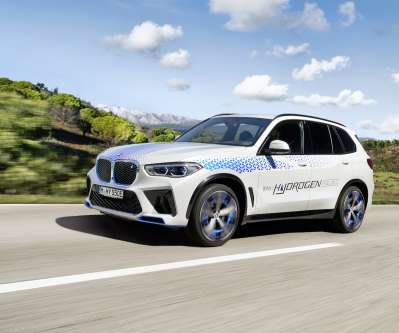

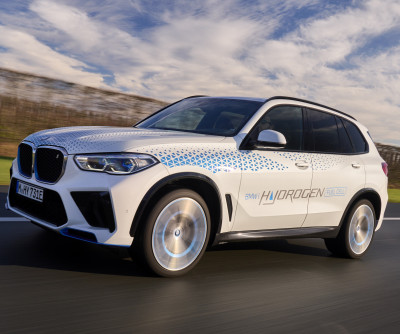
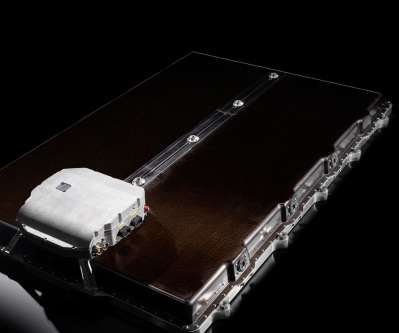

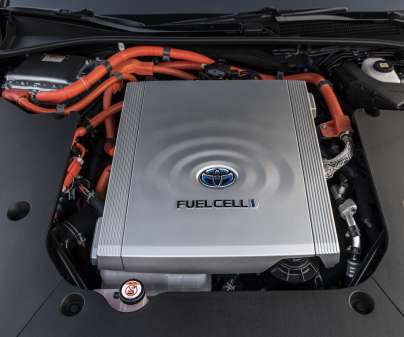













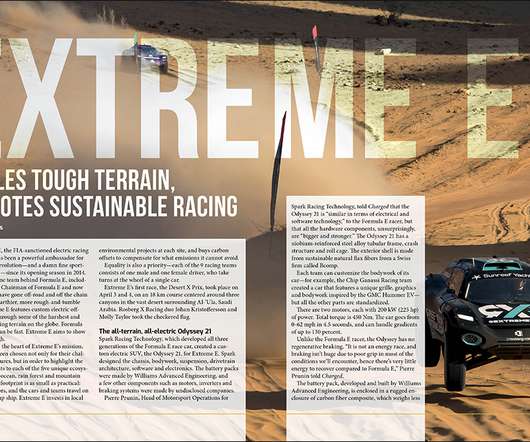
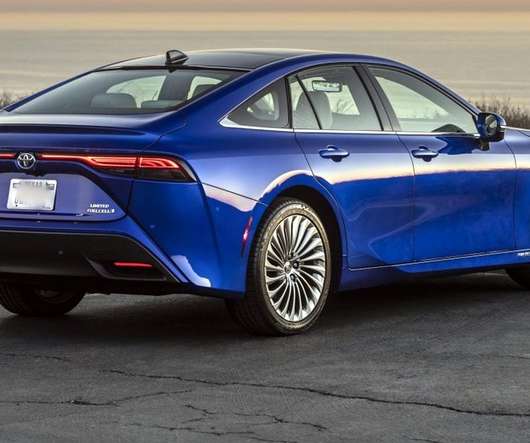







Let's personalize your content